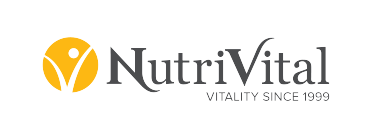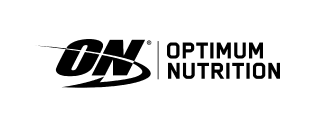- Health advice
- Jul 15, 2013
 If you train regularly, you need a plan to ensure that the positive benefits outweigh any negative impact i.e. injury and illness. Simply put, recovery periods and proper nutrition are as important as exercising.
For example, if you want to increase your body size and your strength capacity, you will need to train 4-6 days a week. When you place such high demands on your body, having solid nutrition is key.
If you train regularly, you need a plan to ensure that the positive benefits outweigh any negative impact i.e. injury and illness. Simply put, recovery periods and proper nutrition are as important as exercising.
For example, if you want to increase your body size and your strength capacity, you will need to train 4-6 days a week. When you place such high demands on your body, having solid nutrition is key.
Understanding the Catabolic Phase
Whenever you train, your body enters into a catabolic phase, which means that it uses internal stores of carbohydrates, protein, and fat to satisfy the increased energy demand. Muscle tissue is your body’s store of protein. This protein can be broken down into amino acids. When your body doesn’t need more amino acids, muscle breakdown doesn’t occur. However, it can occur when your body needs help to create proteins like hormones, enzymes, or when dietary protein intake isn’t enough. At certain periods throughout the day, you have a higher risk of muscle breakdown because there are less free amino acids within your body. These times are throughout the overnight fasting period, first thing in the morning, post-exercise, and after long periods without food. Providing your body with additional protein is a great way to counteract these periods. We are big fans of formulated protein powders that provide high quality protein, which allows you to quantify your protein intake and help you to achieve your training goals.Ways to maximize your fitness training efforts
- Increase your carbohydrate and protein intake prior to training. This delays muscle breakdown and helps you give 100% effort to your training.
- After you finish training, consume a supplement high in protein and carbohydrates to stop the catabolic effect.
- Meet your body’s additional needs as a result of your training through balanced nutrition.
A Fitness Training Schedule Example
Your training should target specific strength and fitness workloads while leaving ample rest periods, during which other parts of your body can be worked. Here’s an example of a basic training schedule you can follow:- Monday: Upper Body – Chest, Abs, and Triceps
- Tuesday: Lower Body – Quadriceps and Lower legs
- Wednesday: Aerobic workout (i.e., bike or run)
- Thursday: Lower Body – Hamstrings and Gluts
- Friday: Upper Body – Back, Biceps and Shoulders
- Saturday: Aerobic workout (i.e., bike or run)
- Sunday: Rest Day
Related Articles
Recently Viewed
- ${ variant.price | currencyFromCents } | ${ variant.title } ${ variant.price | currency } | ${ variant.title }
Sale
















